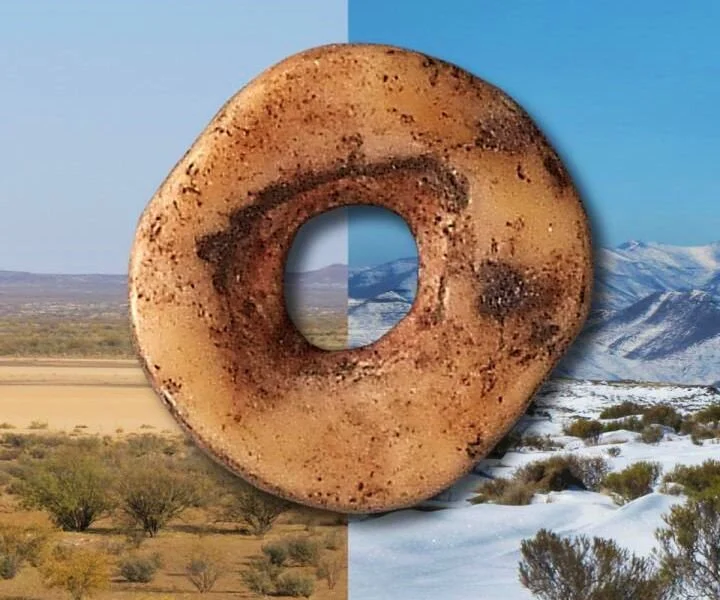Humans of the Kalahari Desert Region Formed Social Networks To Help Each Other
/Humans of the Kalahari Desert Region Formed Social Networks To Help Each Other
Foragers today who live in southern Africa's Kalahari Desert know that a drought or war can threaten their community's survival. To mitigate these risks, they enter into partnerships with kin in other territories, both near and far, so that if they have a bad year, they can head to another area to gather water and food.
"It's a really good adaptation to a desert environment like the Kalahari, which has huge spatial and temporal variability in resource distribution," says Brian Stewart, an archaeologist at the University of Michigan. "It can be very rainy in one season and in the next absolutely dry, or it can be very rainy in your area and then 10 kilometers away, it's just nothing." According to new archaeological research led by Stewart, this kind of partnership—which acts as a kind of insurance against one side of the partnership having a down year—has been happening for at least 30,000 years old.
In the study, which was published today in the journal Proceedings of the National Academy of Sciences, Stewart and his colleagues examined ostrich eggshell beads found during archaeological excavations at two high elevation rock-shelters in Lesotho, a country enclaved within South Africa. Since the 1970s and 1980s, archaeologists have been finding finished beads made from ostrich eggshells at prehistoric campsites in the area, Stewart says, even though ostriches are notably absent from the region. Based on this fact, and on anthropologists' comparisons with the systems used by modern hunter-gatherers, scientists assumed the ostrich beads to be part of the foragers’ long-distance insurance partnerships. That is, people from many miles away brought the beads and traded them to cement the social ties needed to ensure cooperation when one group of people endured tough times.
"Because of how effective this system is at shoring up risk, it's been used by a lot of archaeologists as a blanket explanation for why people exchange stuff," Stewart says. But, he adds, this idea hadn't really been tested for the archaeological record.


